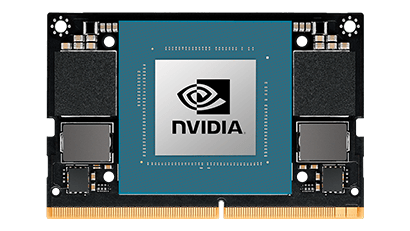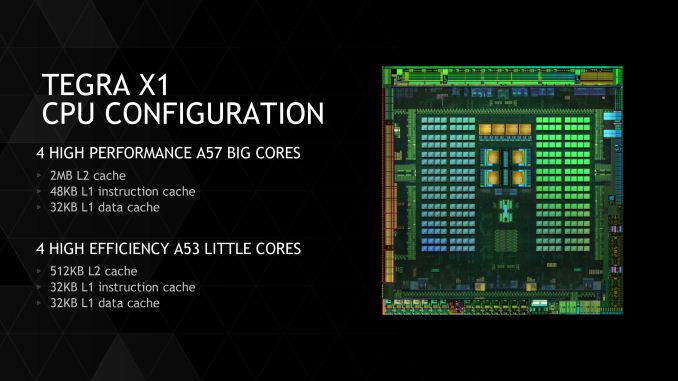If Orin is indeed 460mm2, that would mean 1 A78AE is roughly 45mm2
So 1 A78AE is around 1% of the die size of Orin. and the whole block of 12 A78AEs on 8nm is around 155-156mm2.
That is the Dimensity 1200, a chip that while not having an official die-size revealed, looks to be at most the size of a Cheez-it which is around 24mm2.
The Dimensity has 4 A78s, and 4 A55s, and while the A55s, and GPU assembly make the chip overall smaller to fit into that "around 20-30mm2" range, the important thing is the 4 A78s.
While we have no die shot, we can extrapolate a bit of the size difference here.
Samsung 8nm that Orin is fabricated on is a tad less Dense than TSMC 7nm, the Dimensity 1200 is fabricated on TSMC 6nm which is 18% denser than 7nm.
So let's highball it and say TSMC 6nm is 30% Denser than Samsung 8nm.
That would mean a Single A78AE on TSMC 6nm, the same fabrication that has a SoC that has 4 A78s with 4 A55s and a GPU of its own.
Would eat up the majority, or all the area of the Dimensity 1200 with the "6nm A78AE" being over 30mm2
You'd need to say that TSMC 6nm is 85-95% denser than Samsung 8nm in order to fit 4 A78s into that if the A78s were the same size as the A78AEs. (At least assuming the GPU takes up the majority of space in the Dimensity like it does in some other SoCs)












